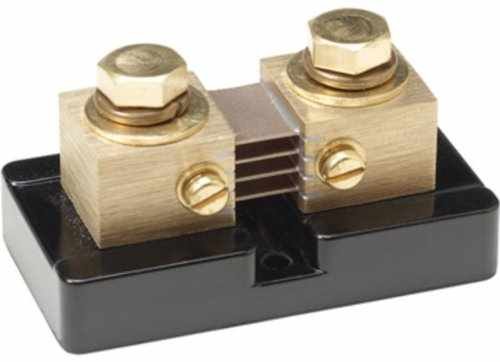Optimistic Paranoid
Well-known member
- Joined
- Jan 12, 2013
- Messages
- 4,534
- Reaction score
- 10
If you're 2/0 from the Inverter bypasses the shunt and goes directly to battery ground, you won't be measuring the power the Inverter is drawing.

Ground wires on each circuit need to be the same size - or bigger - as the hot wire.galladanb said:Again, nothing was mentioned about the various size cables in the ground systems... ?
Do I need to worry over that at all?
I mean, I have sizes from 2/0 down to 10AWG in there...
Does it all blow up when the random 10AWG melts?
I simply don't understand as far as how the different cables can all co-exist peacefully?







galladanb said:In addition,
The shunt is like 70 amp I think, and the inverter fuse is 150AMP?
So which will pop first? the shunt or the fuse?

[font=Verdana, Arial, sans-serif]So which will pop first? the shunt or the fuse?[/font]
Note that most shunts cannot run at full current continuously.
[font=verdana, arial, helvetica, sans-serif]All shunts have a derating factor for continuous use, 66% being the most common. Continuous use is a run time of 2+ minutes, at which point the derating factor must be applied. There are thermal limits where a shunt will no longer operate correctly. At 80 °C thermal drift begins to occur, at 120 °C thermal drift is a significant problem where error, depending on the design of the shunt, can be several percent and at 140 °C the manganin alloy becomes permanently damaged due to annealing resulting in the resistance value drifting up or down.[/font]
